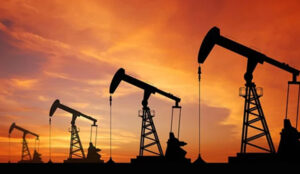
The Philippine economy is poised for a robust growth trajectory in 2024, with an anticipated acceleration in Gross Domestic Product (GDP) to 6.2 percent. This optimistic outlook, presented by BMI, a subsidiary of the Fitch Group, is underpinned by a combination of easing inflation and a tight labor market, expected to significantly bolster consumer spending—a critical component of the nation’s consumption-driven economy.
BMI’s analysis, using 2010 as the base year, projects consumer spending to witness a substantial year-on-year increase of 6.3 percent, reaching P12.8 trillion in real terms. This projection aligns with the broader economic forecast but falls slightly short of the government’s ambitious growth target of 6.5 to 7.5 percent for the same period.
Despite the positive growth momentum, the economic landscape remains intricately tied to the prevailing environment of elevated inflationary pressures and high debt levels, along with their associated servicing costs, factors that continue to influence spending patterns. However, BMI underscores the potential of easing inflation and a strengthening labor market to counterbalance these pressures, fostering a climate where real wage growth enters positive territory and enhances overall purchasing power.
The Bangko Sentral ng Pilipinas (BSP) has expressed a cautious stance, emphasizing the need to maintain tight monetary policy settings until a sustained downtrend in inflation is clearly observable. This is particularly pertinent as many households, capitalizing on the low borrowing costs during the pandemic, now face the implications of the prevailing high-interest rate environment on their debt servicing obligations.
BMI points out the risk associated with servicing these debts at elevated interest rates, especially if it leads to a more significant than anticipated reduction in disposable incomes, compelling households to curb spending, particularly in nonessential segments.
Additionally, the Philippine economy’s heavy reliance on remittances, a vital financial lifeline for numerous families, introduces an element of vulnerability. With potential fluctuations in the peso, the value of remittances in local currency might diminish, exerting pressure on households, especially those with fixed expenditures.
As the nation navigates these multifaceted economic dynamics, the interplay of consumer behavior, inflation trends, labor market conditions, and monetary policies will be pivotal in shaping the Philippines’ economic trajectory in 2024.





















Comments are closed for this article!